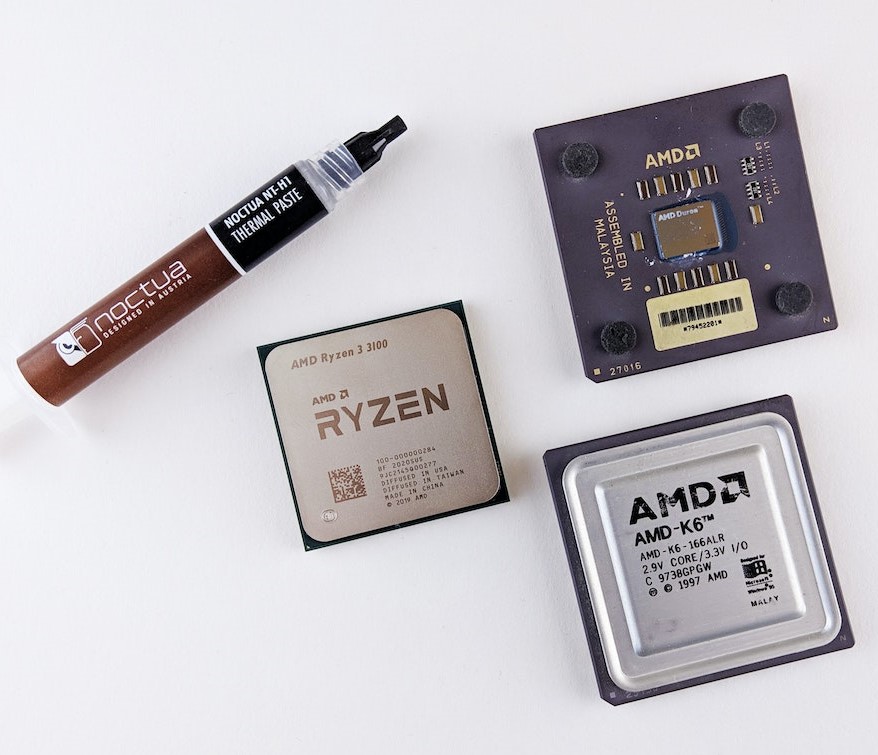Demystifying the Apple M1 Chip: A Game-Changer in Computing
Introduction
In November 2020, Apple made headlines in the tech world with the release of its groundbreaking M1 chip. This silicon marvel marked a significant departure from the company’s reliance on Intel processors, ushering in a new era of computing for Apple. The M1 chip not only powers the latest MacBooks and Mac Mini but also promises to reshape the landscape of personal computing. In this article, we will delve into what the Apple M1 chip is, its features, and why it is a game-changer.
The Birth of the Apple M1 Chip
Apple’s move towards designing its own chips was a long-anticipated shift in the industry. For years, Apple had been designing custom chips for its mobile devices, which significantly outperformed competitors. The A-series chips, used in iPhones and iPads, showcased Apple’s prowess in chip design and manufacturing. However, the real game-changer came when Apple decided to bring this expertise to its Mac lineup.
The M1 chip is the first of its kind in the Mac family, marking the beginning of Apple’s transition away from Intel processors. It is a System-on-a-Chip (SoC) design, combining multiple components on a single piece of silicon. This integration of CPU, GPU, and other essential elements onto one chip offers several advantages, including improved performance, power efficiency, and thermal management.
Key Features of the Apple M1 Chip
- Unified Architecture: One of the standout features of the M1 chip is its unified architecture. It integrates an 8-core CPU, an 8-core GPU, a 16-core Neural Engine, memory, and other components onto a single chip. This integration leads to improved efficiency, as data can move seamlessly between CPU, GPU, and memory, reducing latency and enhancing overall performance.
- Performance: The M1 chip delivers an unprecedented level of performance. It outperforms its Intel predecessors in terms of both CPU and GPU performance while consuming significantly less power. This results in faster app launches, smoother multitasking, and enhanced gaming experiences.
- Power Efficiency: Apple’s M1 chip is a marvel of power efficiency. It strikes a perfect balance between performance and battery life, making laptops equipped with this chip last longer on a single charge. This is a significant advantage for users who rely on their MacBooks for work or entertainment on the go.
- Silent Operation: Thanks to its power efficiency, the M1 chip also contributes to a quieter user experience. MacBooks equipped with the M1 chip generate less heat, reducing the need for active cooling systems like fans. As a result, these laptops operate in near silence.
- Machine Learning: With its 16-core Neural Engine, the M1 chip is optimized for machine learning tasks. This opens up new possibilities for developers, enabling them to create apps with advanced AI and machine learning capabilities.
- Software Compatibility: To facilitate the transition from Intel to M1, Apple introduced Rosetta 2, a translation layer that allows users to run older Intel-based apps seamlessly on M1-powered devices. Additionally, developers have been quick to release M1-native versions of their software, ensuring a growing library of optimized apps.
Conclusion
The Apple M1 chip represents a pivotal moment in the world of personal computing. Its unified architecture, exceptional performance, power efficiency, and compatibility make it a game-changer for Mac users. With the M1 chip, Apple has set a new standard for what is possible in a laptop or desktop computer, and it’s only the beginning of what promises to be an exciting journey in the world of custom silicon design. Whether you’re a creative professional, a developer, or an everyday user, the M1 chip is poised to elevate your computing experience to new heights.




